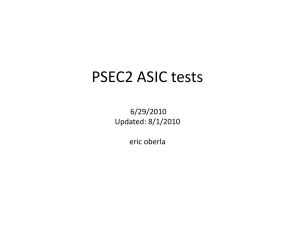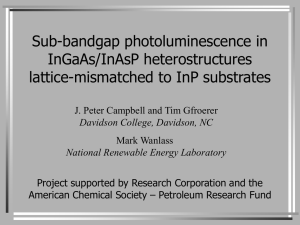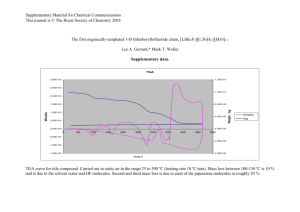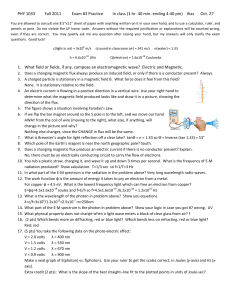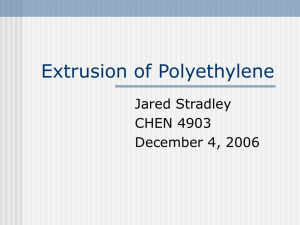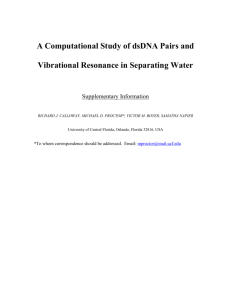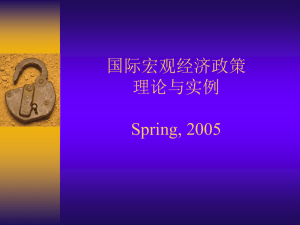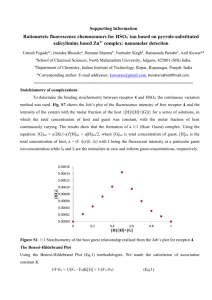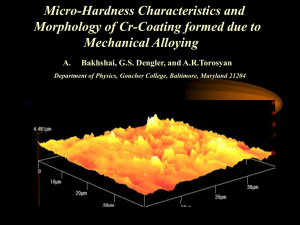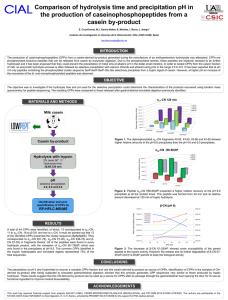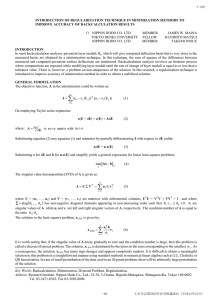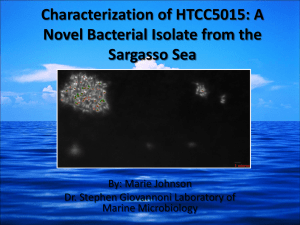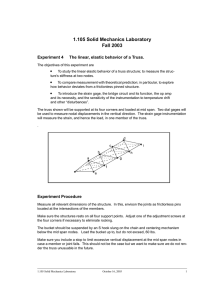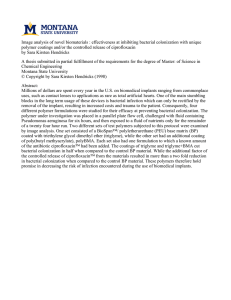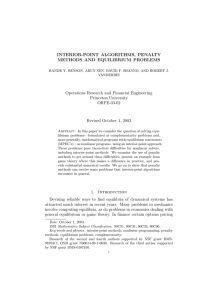CDIO-3 Product Concept Requirements Team Oscar Murillo Leah Soffer
advertisement
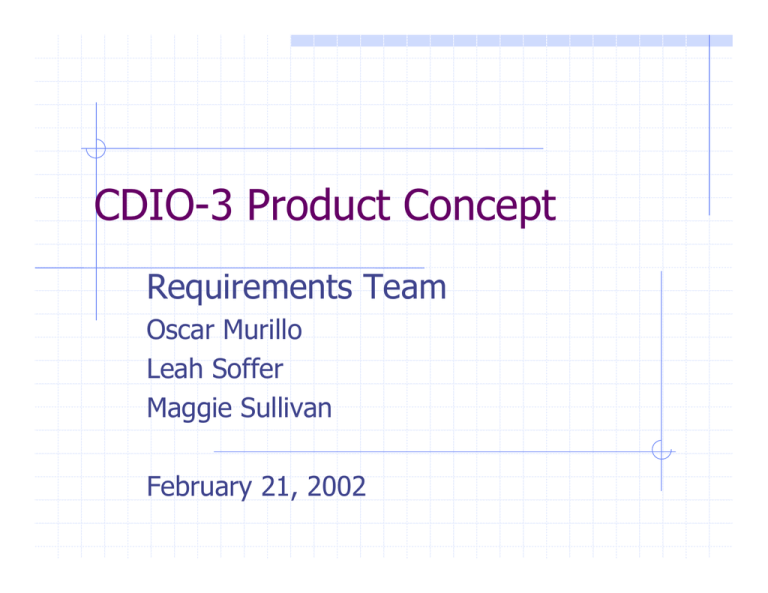
CDIO-3 Product Concept Requirements Team Oscar Murillo Leah Soffer Maggie Sullivan February 21, 2002 Mission Statement Project Mission: Demonstrate the feasibility of electromagnetic control for formation flying satellites. Implications: Demonstrate EM Control Formation maneuvering vehicles Functional Requirements 1: the Customer Formation flying Stability in formation Interchangeable/replaceable modules Both autonomy and command response EM control “Use magnets to generate the … restoring forces” “… will allow between 3 and 6 DoF EMFF” Architectural notes High-permeability lightweight solenoid cores Necessary heat dissipation Reaction wheels Functional Requirements 2: the System Top-Level: “The system shall…” Have interchangeable system modules Be tested on a realistic facility Maintain relative separation/attitude Follow steady course, predetermined or MC Subsystems Power ADS – Sensing Communication Testing Flight computer ACS - Control Protection Integration EM Trades 3 µ 0 m0 β= 4π α Pw ρ c Pc 3µ 0π m05 / 6 ω=χ B 5 2π 3 Pw α πρ s ρ c pc m0 = l πα ρ s 3 ( χnia 2 ) 2 F = µ 0π 2 B4 3 Angular Rate vs. Seperation Distance 2 B-Field vs Core Radius Angular Rate vs Core Radius 4.00E+01 Angular Rate 3.00E+01 2.00E+01 1.00E+01 0.00E+00 1 2 3 4 Seperation Distance (m) 5 B-Field (Tesa) Angular Ra te (ra d/se c) 5.00E+01 1.00E-02 4.50E+00 9.00E-03 4.00E+00 8.00E-03 3.50E+00 7.00E-03 3.00E+00 6.00E-03 2.50E+00 5.00E-03 2.00E+00 4.00E-03 1.50E+00 3.00E-03 2.00E-03 1.00E+00 1.00E-03 5.00E-01 0.00E+00 0.01 0.02 0.03 0.04 Core Radius (m) 0.00E+00 0.05 Angular Rate (rad/sec) 6.00E+01 B-Fie ld (Te sa ) An g ula r Ra te Final Design Inside spheres: •Reaction Wheels •Computer •Battery •Coil and Core •Transmitter/Receiver Steel Core/Copper Coil Mass = 5.26 kg Separation =5m Length of core = 0.3m Radius of core =0.03m Angular Rate = 0.959 rad/sec B-field = 3.20E-03 Force = 58.12 N Operations Concept Programmed response only Ground-to-vehicle communication User-initiated autonomous tests Realtime telemetry recording and storage Emergency interrupt sequence Inter-vehicle communication Automated depth control Pros and Cons Advantages 3D flight Simpler test carriage Reduces danger of crash Disadvantages Instability of water environment Polarity Currents Increased drag due to high density of test medium
